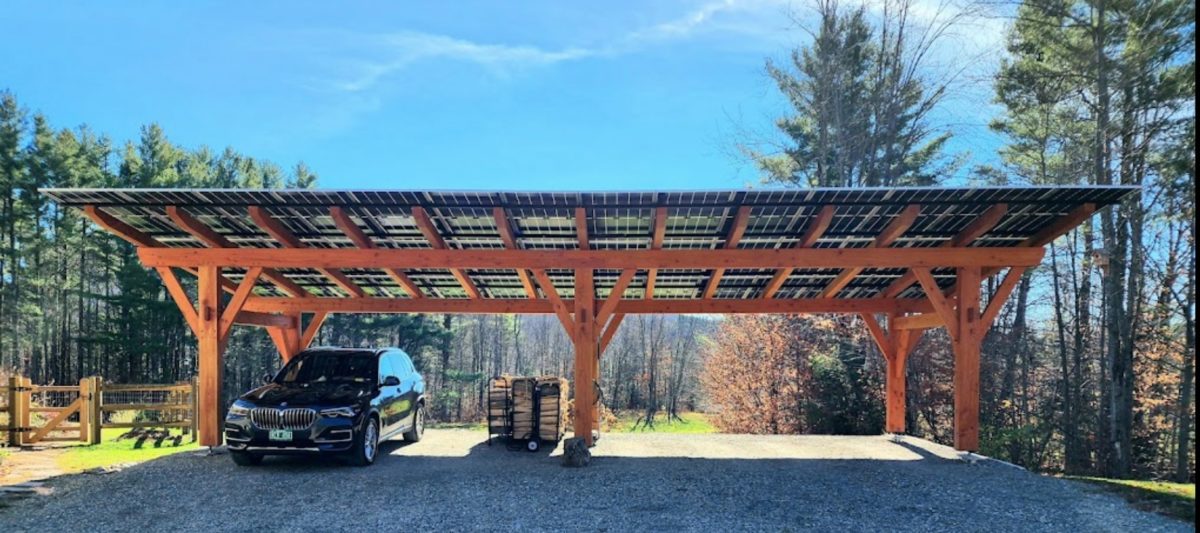Rhode Island representative Jennifer Boylan has submitted legislation that would mandate the inclusion of solar power in all newly constructed single-family dwellings, multi-family dwellings, large commercial buildings, and parking lots exceeding 16,000 sq. ft.
The legislation, titled the Solar Neighborhoods Act, calls for the Rhode Island Building Code Commission to establish new code requirements for each of the aforementioned construction types. The document specifies that, at a minimum, the Code Commission must add code provisions to address:
- Static load roof strength, requiring that roofs where solar equipment could be placed support a minimum of six pounds per square foot;
- Placement of non-solar-related rooftop equipment, considering positioning that avoids shading solar equipment and maximizes continuous roof space;
- Sizing and provision of extra electrical panels to accommodate the addition of an appropriately-sized future solar energy system; and
- Provision of space for a solar energy system DC-AC inverter in the utility room or on an outside wall.
The legislation also recommends that the Code Commission consider amending the building code to account for roof orientation and angle, roofing materials that minimize or require no roof penetrations, conduit for wiring from roof to electrical panels, and the inclusion of level 2 electric vehicle charging infrastructure.
The legislation also proposes unique code requirements for each building type. For example, single-family dwelling solar systems should be able to meet at least 80% of onsite electricity usage, unless batteries and other energy efficiency measures are incorporated, in which case 40% of electricity demands must be met. Code requirements for multi-family and multi-story buildings would consider the limited roof space and the higher electricity demand of the structures.
The legislation further requires outdoor parking lots larger than 16,000 sq. ft to install raised solar-panel canopies covering at least 50% of the parking lot’s surface, and that 5% of the parking spaces must feature electric vehicle charging stations. Moreover, 20% of parking spaces should be equipped with the infrastructure, such as underground wiring, to accommodate additional EV charging stations in the future.
The bill also includes provisions allowing developers to demonstrate that a specific site may not be viable for a solar power project due to factors such as natural or constructed barriers shading 70% or more of the roof space, or the presence of a “green roof” (made from layers of vegetation). Low-income housing projects may be exempt if they lack the necessary funds to include solar installations in their budget.
The press release issued by Boylan highlights that California has already implemented a new construction solar mandate, and that a similar measure is under consideration in neighboring Massachusetts.
This content is protected by copyright and may not be reused. If you want to cooperate with us and would like to reuse some of our content, please contact: editors@pv-magazine.com.








By submitting this form you agree to pv magazine using your data for the purposes of publishing your comment.
Your personal data will only be disclosed or otherwise transmitted to third parties for the purposes of spam filtering or if this is necessary for technical maintenance of the website. Any other transfer to third parties will not take place unless this is justified on the basis of applicable data protection regulations or if pv magazine is legally obliged to do so.
You may revoke this consent at any time with effect for the future, in which case your personal data will be deleted immediately. Otherwise, your data will be deleted if pv magazine has processed your request or the purpose of data storage is fulfilled.
Further information on data privacy can be found in our Data Protection Policy.